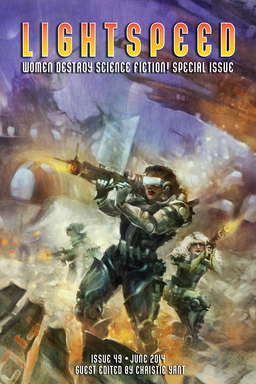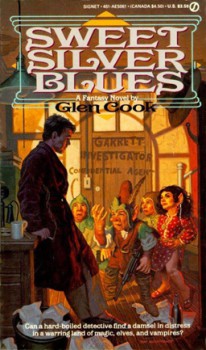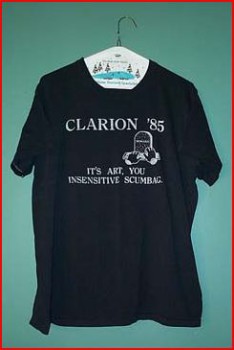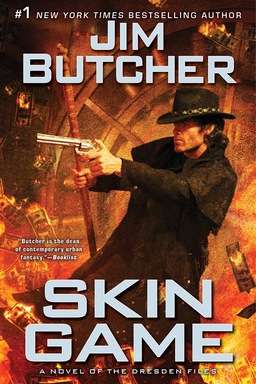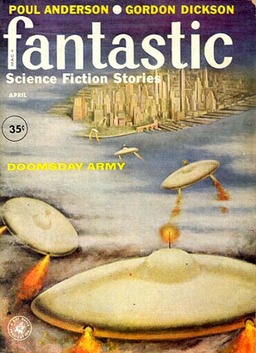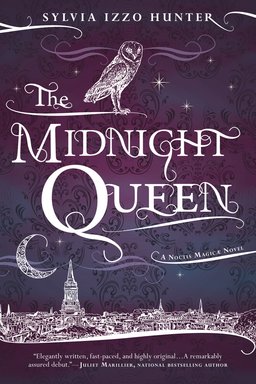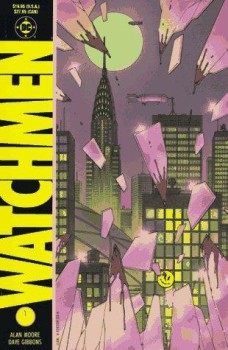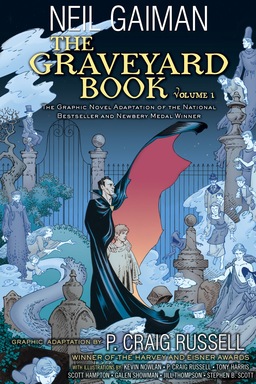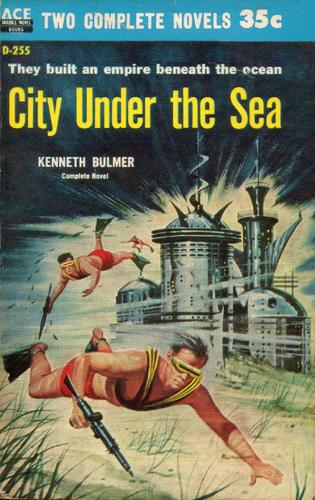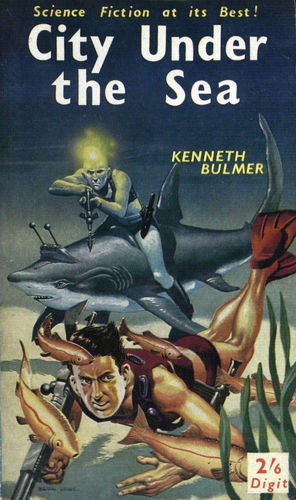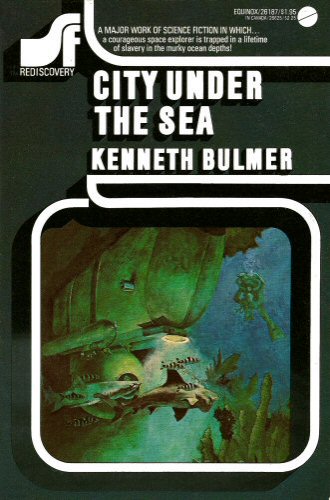Introducing… Klingon Beer!
 With all due deference to responsible drinking, I find it my enviable (?) duty to inform Black Gate’s readership of a significant development in the parallel universes of Star Trek and craft brewing. Yes, I’m referring to Klingon Warnog, available from Tin Man Brewing out of Evansville, Indiana, and released just a few weeks back on July 26, 2014.
With all due deference to responsible drinking, I find it my enviable (?) duty to inform Black Gate’s readership of a significant development in the parallel universes of Star Trek and craft brewing. Yes, I’m referring to Klingon Warnog, available from Tin Man Brewing out of Evansville, Indiana, and released just a few weeks back on July 26, 2014.
Tin Man’s own site has precious little to say on the subject:
Tin Man Brewing was contracted by the Federation of Beer to develop and brew Warnog, and we are exceedingly proud to brew beer for the Star Trek universe. The Federation of Beer is responsible for distribution and marketing for the Warnog brand and can provide the most accurate information regarding availability. For further information, please contact the Federation of Beer (www.federationofbeer.com)
As for the Federation of Beer, which one must suppose is where James T. Kirk spent most of his academy days, they claim their Warnog is available only in Alberta, Canada, which directly contradicts the news release provided by StarTrek.com, whose staff provided this write-up:
All we can say is… Qapla’! Klingon Warnog beer will at long last be available in the United States the week of July 28, via The Federation of Beer and Indiana-based Tin Man Brewing Company. The Star Trek-themed beer, a high-quality Roggen Dunkelweiss, or Danish Rye Beer, will be available at select liquor stores and bars in Indiana and Washington State. Klingon Warnog Ale is brewed to capture the warrior essence of the Klingon culture with its bold and unique taste.
